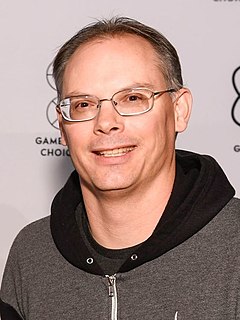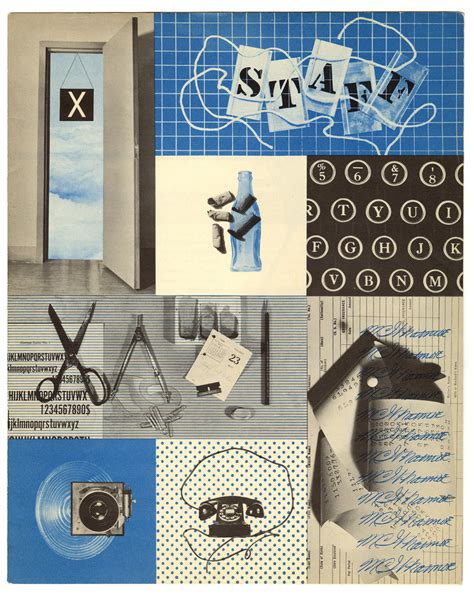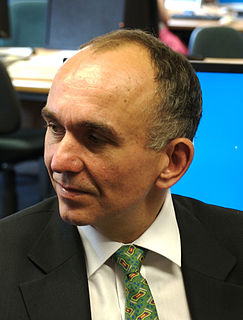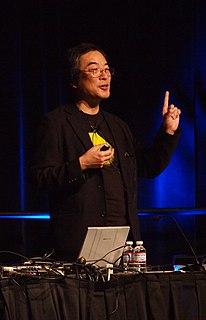A Quote by Tim Sweeney
I can imagine an automotive designer or an industrial designer building a product in 3D, all in real-time. That's the way a lot of people are going to work in the future.
Quote Topics
Related Quotes
The products we design are going to be ridden in, sat upon, looked at, talked into, activated, operated, or in some way used by people individually or en masse. If the point of contact between the product and the people becomes a point of friction, then the industrial designer has failed. If, on the other hand, people are made safer, more comfortable, more eager to purchase, more efficient-or just plain happier-the industrial designer has succeeded.
How a designer gets from thought to thing is, at least in broad strokes, straightforward: (1) A designer conceives a purpose. (2) To accomplish that purpose, the designer forms a plan. (3) To execute the plan, the designer specifies building materials and assembly instructions. (4) Finally, the designer or some surrogate applies the assembly instructions to the building materials. What emerges is a designed object, and the designer is successful to the degree that the object fulfills the designer's purpose.
The words graphic designer, architect, or industrial designer stick in my throat, giving me a sense of limitation, of specialisation within the specialty, of a relationship to society and form itself that is unsatisfactory and incomplete. This inadequate set of terms to describe an active life reveals only partially the still undefined nature of the designer.
If the point of contact between the product and people becomes a point of friction, then the designer has failed. If, on the other hand, people are made safer, more comfortable, more desirous of purchase, more efficient — or just plain happier — by contact with the product, then the designer has succeeded.
I'm an unbelievable designer. I don't know how I know and just do these things. I just start sketching and then I just know the colors and I always know the forecast. I know green and purple are going to be hot. I was born to be a designer. I worked hard to be a tennis player, I don't work hard to be a designer.
Designer's derive their rewards from 'inner standards of excellence, from the intrinsic satisfaction of their tasks. They are committed to the task, not the job. To their standards, not their boss.' So whereas most people divide their lives between time spent earning money and time spent spending it, designers generally lead a seamless existence in which work and play are synonymous. As Milanese designer Richard Sapper put it: "I never work-all the time."


































